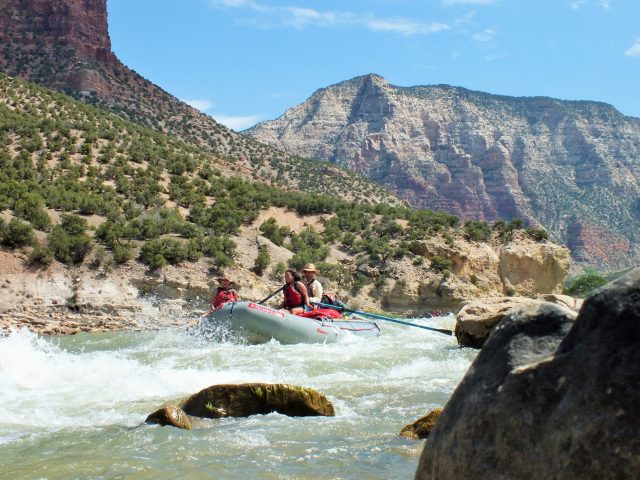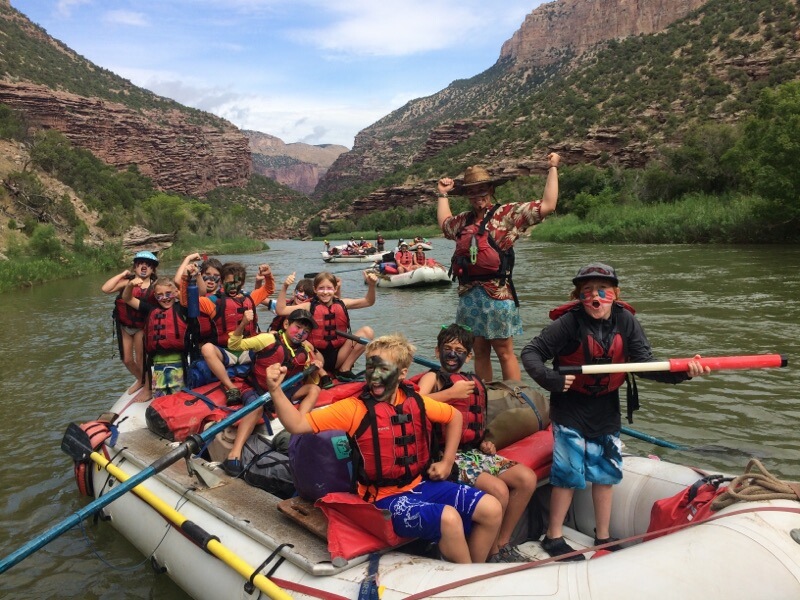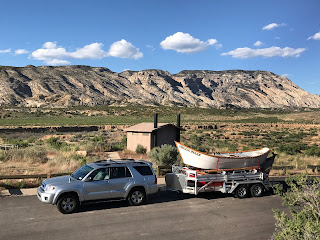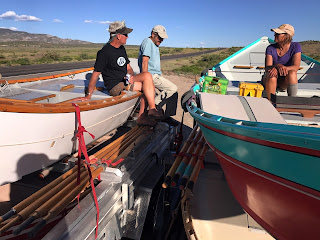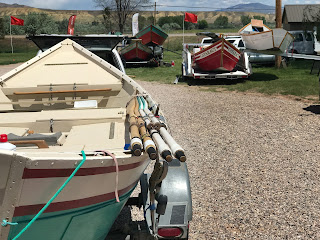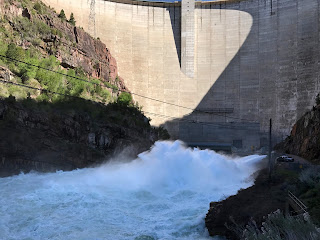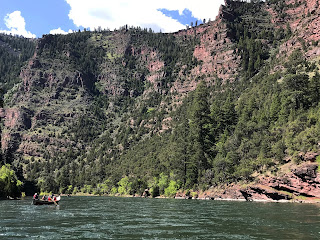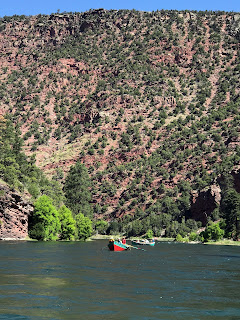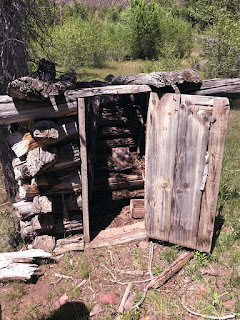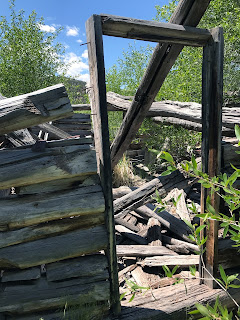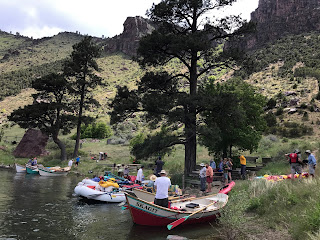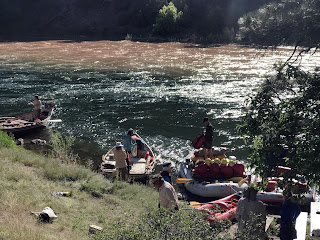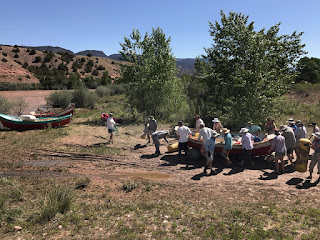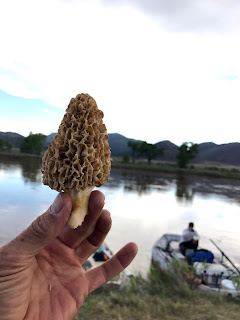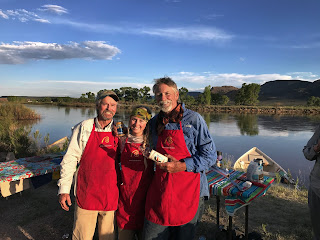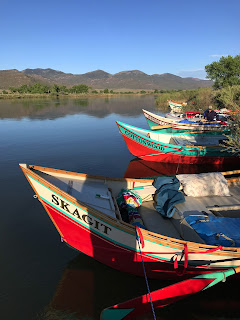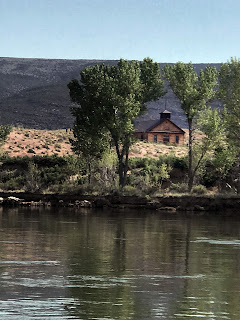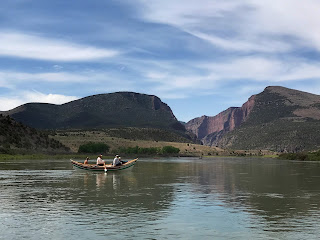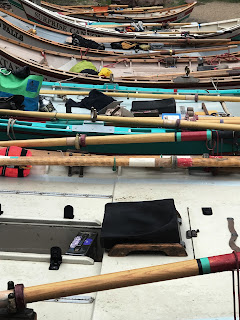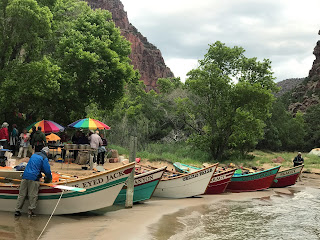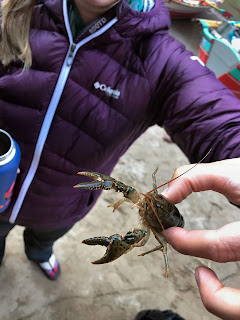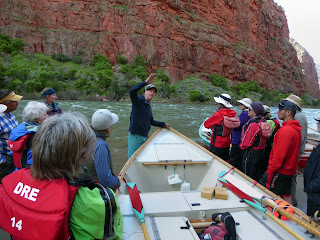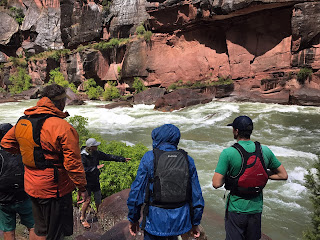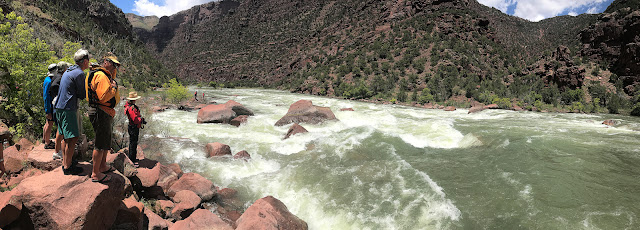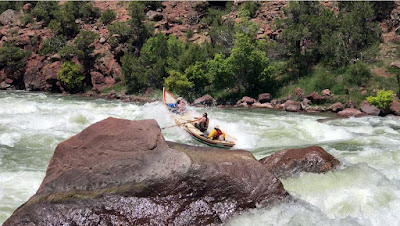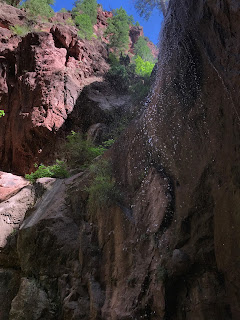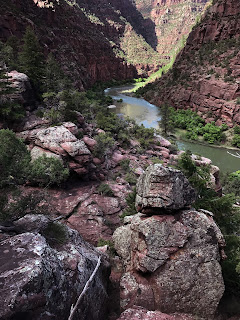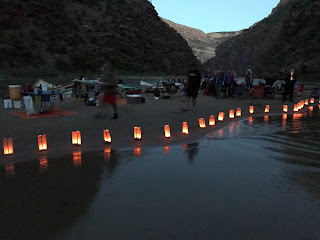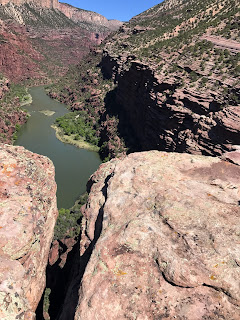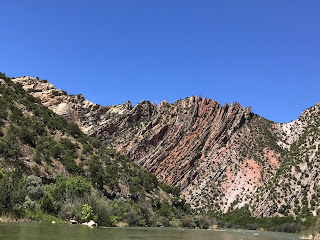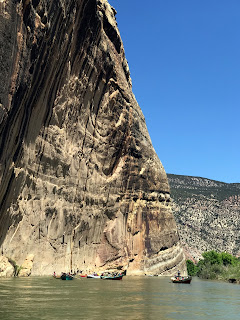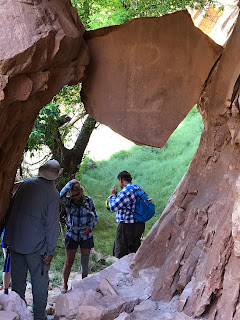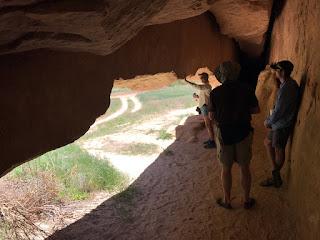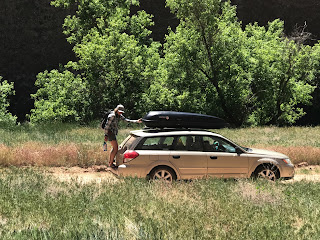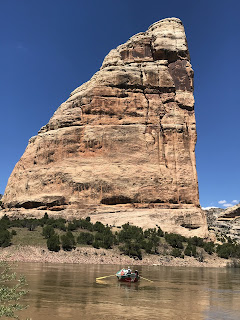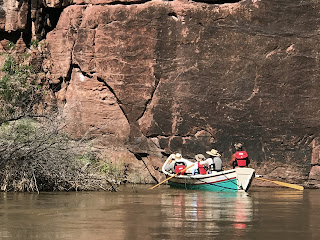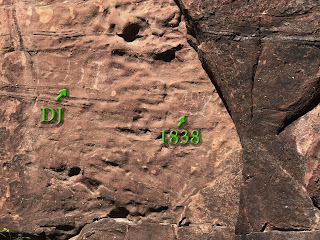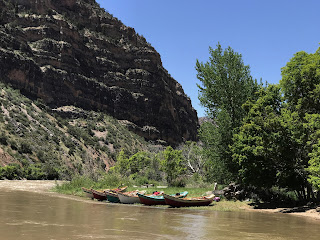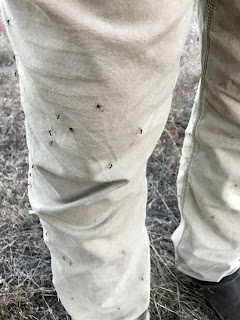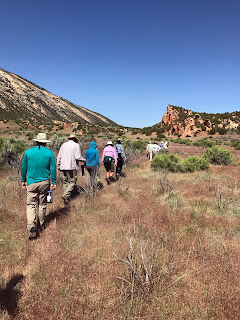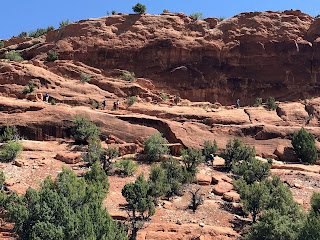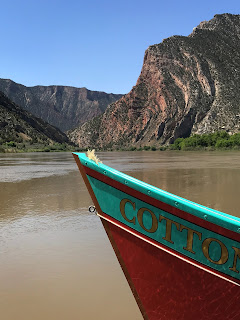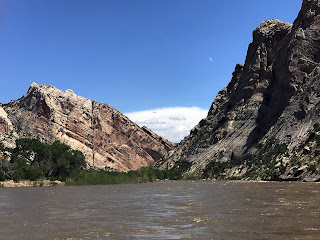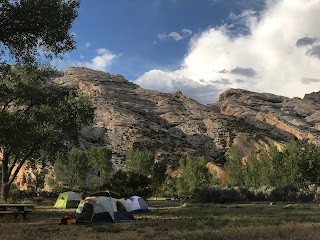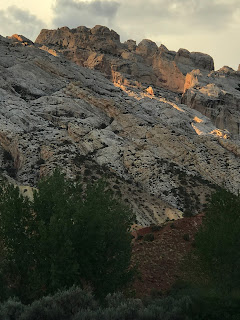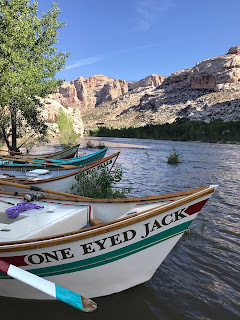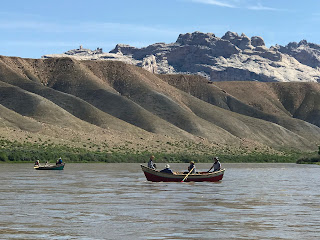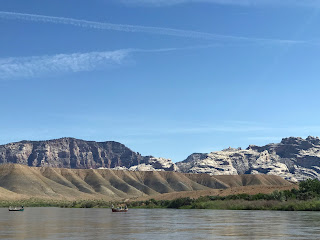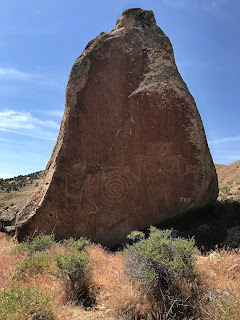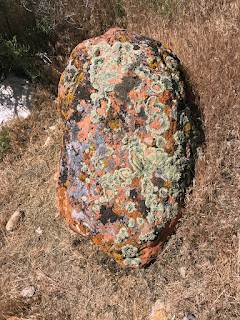Leave No Trace
When you join Dinosaur River Expeditions on a white water rafting trip whether it is on the Green River Gates of Lodore or the Yampa River through Dinosaur National Monument a common phrase you will hear from the guides is “Take only pictures, leave only footprints.” As we travel these incredible rivers we practice and teach the ethics of “Leave No Trace” camping and backcountry travel. How many people do you think visit the nations backcountry?
Big question obviously, so let’s set some parameters. We will start with Arches National Park. Arches attracts just over one million visitors a year. As you can imagine, most of that traffic is during the summer. But, perhaps Arches isn’t the epitome of backcountry travel. I’m not sure about you, but when I go into the back country I want to get away from the trappings and crowds of society. What about Yellowstone National Park? The park reported over 500,000 visitors in 2018. Again, most of that traffic is during summer months, when the weather isn’t as inclement. That is still a huge volume of people. Maybe you’re thinking, in order to leave the crowds behind, some of the park rules have to be bent. Please, for the sake of fellow backcountry travelers, and even more so for the environment, follow park rules and the guidelines put together by Leave No Trace Center For Outdoor Ethics.
Here’s why, you are not unique in thinking of leaving designated trails, taking souvenirs – say a collection of wildflowers or an artifact – and generally treating the park as a no-holds-barred playground. If the thousands of visitors to our backcountry recreation areas were to do that, they would be nowhere near the pristine and idyllic places they are. For those that are skeptical of this diagnosis, here’s an example of when rules aren’t followed.
March 19th 2019. 50,000 self stick wielding tourists descended on a California town: population 60,000. Tourists and social media influences, in their desperate attempts to get the best pictures with the poppies, ended up trampling swaths of them. They climbed steep canyon walls never meant to be climbed, sending boulders and debris down upon the crowds below. Specifically for blooms like these, this is not an isolated incident. It’s a part of the social media curse, which is a double edged sword, and a topic for another time.
Let’s bring this subject closer to home. What about our arid landscape, where it can seem scarcely anything grows? Though it may seem counter-intuitive, staying on designated trails is more important than ever. Because the desert is sparse with vegetation, we are more prone to soil erosion. Furthermore, many areas of the desert harbor cryptobiotic soil, a delicate, black, slow growing cyanobacteria that is crucial to the ecosystem and helps prevent soil erosion. If stepped on, it is destroyed and won’t grow back in full for generations. So, as you can imagine, if Disneyland sized crowds were to walk wherever they want, the effects could be devastating for the local environment.
To help give us some guidelines for wilderness and backcountry travel the Leave No Trace organization has provided 7 principles to aid people in their pursuit of outdoor recreation and protecting our nation’s resources. https://lnt.org/why/7-principles/
The 7 principles are – Plan Ahead and Prepare; Travel and Camp on Durable Surfaces; Dispose of Waste Properly; Leave What You Find; Minimize Campfire Impacts; Respect Wildlife and Be Considerate of Others. As we travel on the wilderness rivers of Utah and Colorado such as the Green River Gates of Lodore and the Yampa River we follow and truly believe in these practices. We want these wild places to be preserved for generations to come.
To beat a dead horse, park rules and regulations are put in place for a reason. Sure, your apple core and orange slices will eventually biodegrade. But in areas as heavily trafficked as some of our parks, these items will form midden heaps if not disposed of properly. And in addition to being unsightly, this trash attracts wildlife that then come to see you and I as slow moving snacks. So be considerate, to the employees of parks, fellow backcountry travelers, and the environment. Know before you go, and keep the places as pristine as the way you found them. We look forward to crossing paths on an incredible backcountry adventure with you one day.

